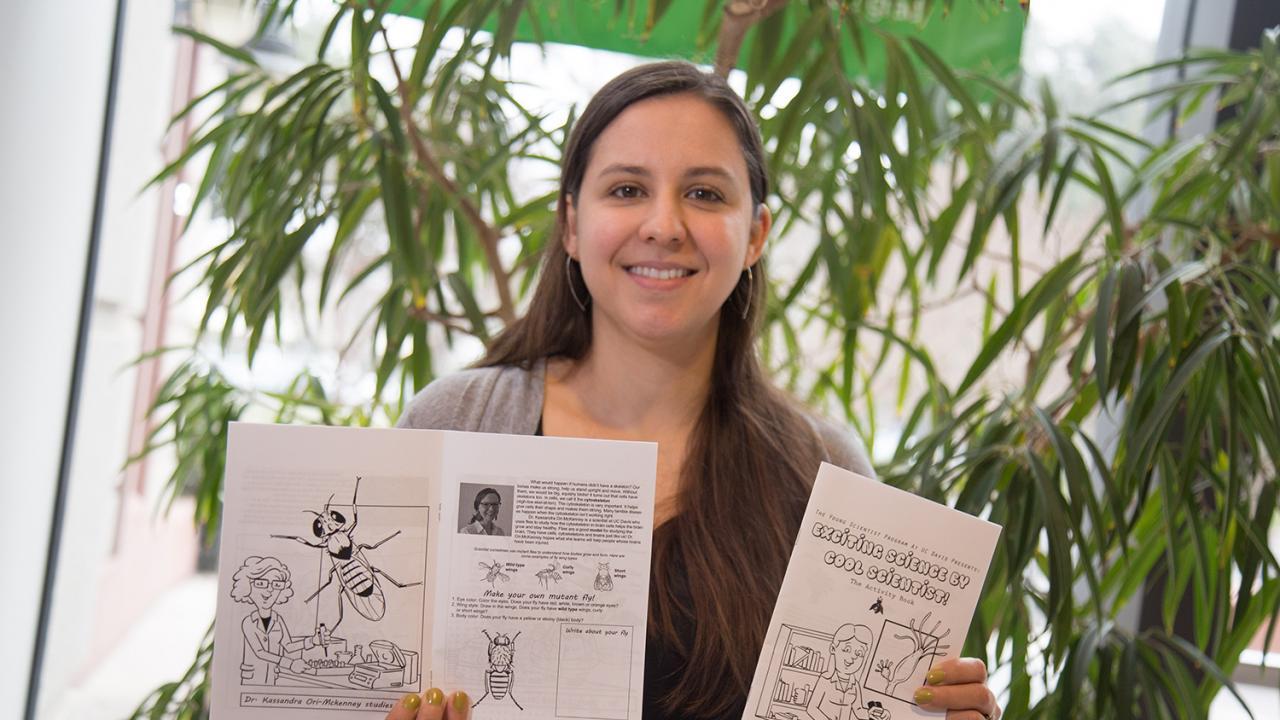
Lessons about success, failure, and science
--Carlos Estrada
A few miles west from California’s capital sits the city of Davis, touted as one of the best places to live in California due to its environmentally friendly policies, safety, superb K-12 schools, and an easy-going lifestyle enjoyed by its community. The city arguably owes such a high standard of living thanks to its world-renowned university, UC Davis, which employs a large number of the city’s inhabitants.
However, drive just a few minutes away from Davis and you begin to arrive at places that feel much closer to my hometown in South Central LA. One such city is Stockton, home to a largely Spanish-speaking, socioeconomically disadvantaged community. Stockton's public schools are plagued by chronic absenteeism, low test scores, and a high turnover rate. Students living in these communities tend to lack any exposure to higher education careers, especially those in STEM.
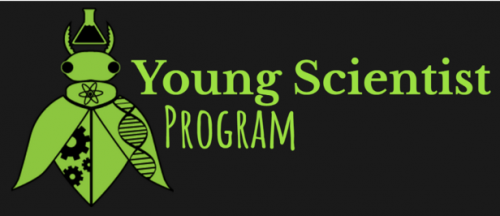
The Young Scientist Program aims to change that.
UC Davis graduate student and Stockton native Brianna Rocha-Gregg founded the Young Scientist Program to promote diversity in science by empowering students from disadvantaged backgrounds to pursue a career in STEM.
My first experience as a member of the Young Scientist Program took me to Hamilton Elementary in Stockton. According to the State of California, Hamilton students’ academic performance sits well below average in both English Language Arts and Mathematics.
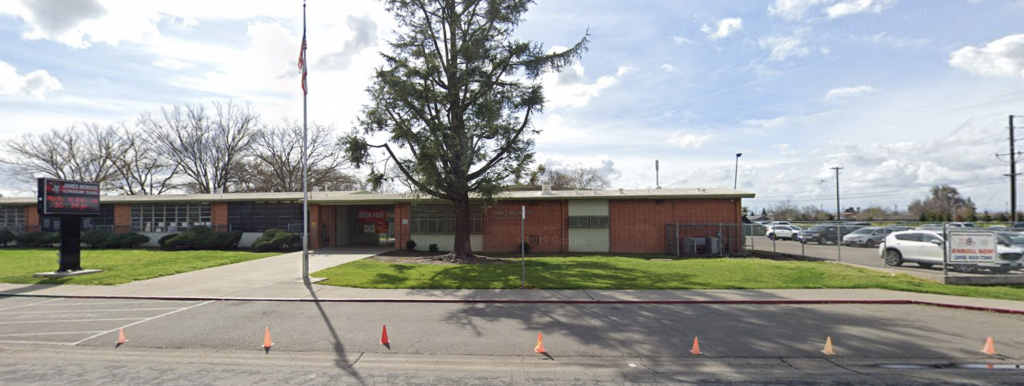
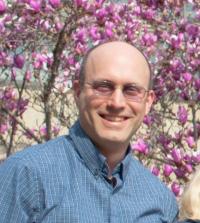
However, this statistic did not seem to represent the enthusiastic group of 3rd and 4th graders excited to learn what their visitors had in store for them.
We began by asking the students what their idea of a scientist looked like: "A lab coat, old, wears glasses, bald, smart.”
When asked if we looked like scientists, the classroom erupted with a collective “Nooooooooooooo!”
Suffice it to say, they did not believe us until we gave our elevator speeches in terms an elementary student would understand and find interesting.
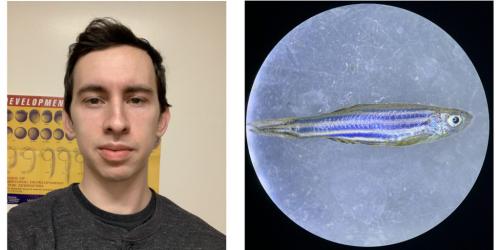
These ranged from biologists like me: “I study how boy fish turn into girl fish,”
to show-stealing physicists, “I study time travel.”
Each introduction brought about about a bunch of “oohs” and “ahhhs” from the students, along with demands for pictures or videos as proof.
Then we got into the lesson itself. This school year’s theme for lessons aims at challenging the stereotype and false belief that scientists never fail by introducing students to experimental failure first-hand.
To do this, we tasked students with doing experiments using common household items: marbles, pool noodles, tape, a plastic cup, and pieces from a toy-building set. We grouped students into teams and gave them free range to engineer progressively difficult “rollercoasters” with only a few requirements:
- they must use only the materials provided to them,
- the marble must land inside the plastic cup and
- they must complete their rollercoaster within the time limit.
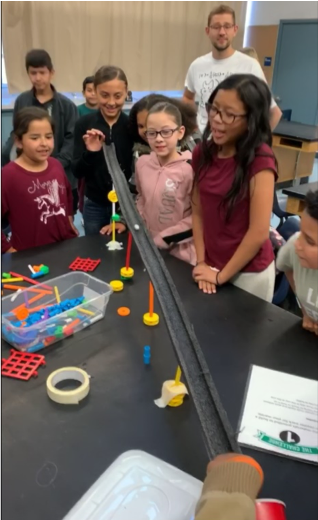
Even if students complete the first initial challenges successfully, the students WILL eventually fail during this exercise as the last challenge is meant to be near impossible given the constraints. When students do fail, we encourage them to reflect on their failure, identify their mistakes, and work on a solution. This gives students a better idea of what it means to be a scientist because they must collaborate with others, learn from their mistakes, and, most important of all, if at first they don’t succeed, try, try again.
After a short and interactive PowerPoint on the history of rollercoasters, the students were pleased to find out they would be constructing rollercoasters of their own and would learn what it means to be a scientist throughout the process, for better or worse.
Challenge #1 was relatively simple and served as a kick starter for students who felt hesitant about participating in the process.
The groups were tasked with constructing a rollercoaster that carried the marble from point A to point B. Students were quick to find out that all they had to do was raise one end so that the marble travels into the cup.
We saw the importance of this first exercise in the excitement and boost in morale students got when they watched their marble make it inside the cup. This got them ready for the next challenge, which was a bit more difficult.
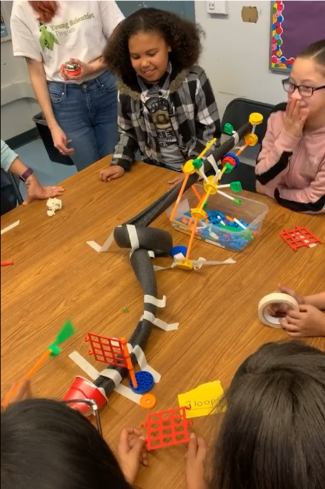
In Challenge #2, we asked student to incorporate a loop anywhere in their rollercoaster.The students reacted to this as expected by shouting and jumping for joy. That spark of joy was quickly snuffed out once they began to realize that loops are not as easy to incorporate as they may first seem. Failures began to pile up.
Loops didn't hold up or collapsed sideways, and marbles lacked the velocity required to complete the loop and instead fell off halfway through. Students' frustration from these failures wore clear on their faces.
We inquired about what went wrong and helped the students find a solution to the problem without giving them specific ideas about how to improve their design. Although our Socratic questioning may have caused further short-term frustration in some students, they were rewarded immensely once they solved the issue and found that their hard work and creativity paid off.
Now that confidence levels were at an all time high, Challenge #3 served to humble the students.
This challenge would be difficult because the time limit was halved and moreover, groups devised specific tasks for each other groups: double or triple looped rollercoasters, rollercoasters stretching across half the room...

But by this point, the students did not mind if they failed. If they did, they pointed out the issue to their teammates and worked on a solution together. It was amazing how much they had learned from just a short time before and we told them so at the end of the program.
It was a joy to work with the Hamilton students.
Participating in this event emphasized the importance of efforts like the Young Scientist Program. It is difficult to know how just one event like this impacts these young students, which is why early education needs to include long-term exposure to science. Students in these communities will undoubtedly face many future challenges that threaten their ability to focus and succeed in school. Add a lack of exposure to higher education and students may end up narrowing their career choices.
But because of the Young Scientist Program, I hope that the participating students from Hamilton Elementary view failure differently and that at least one student was inspired to pursue a career in STEM.